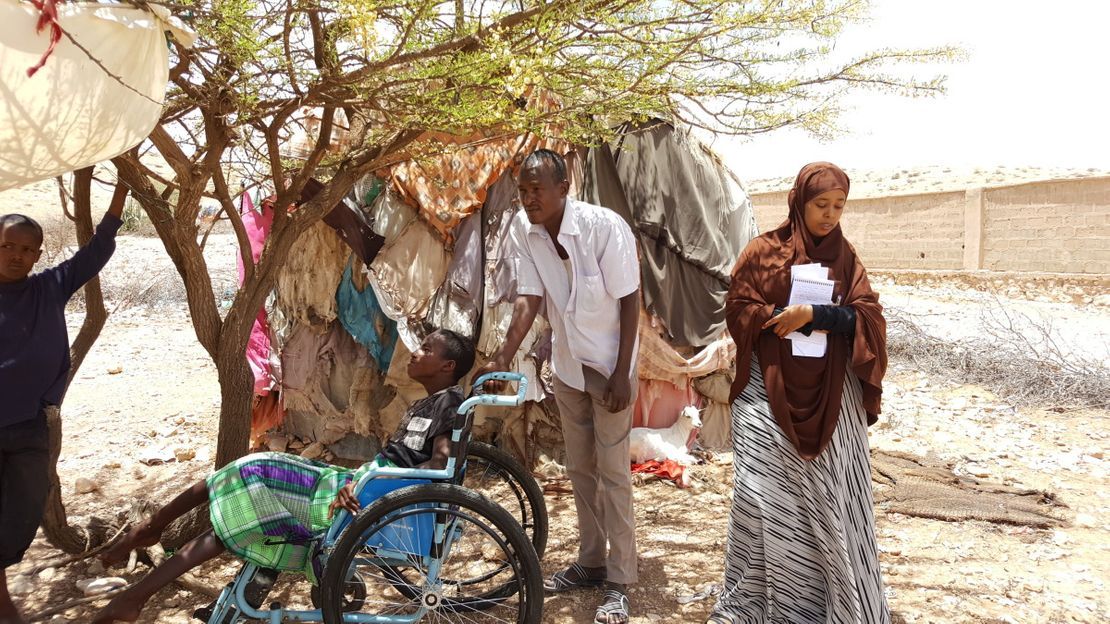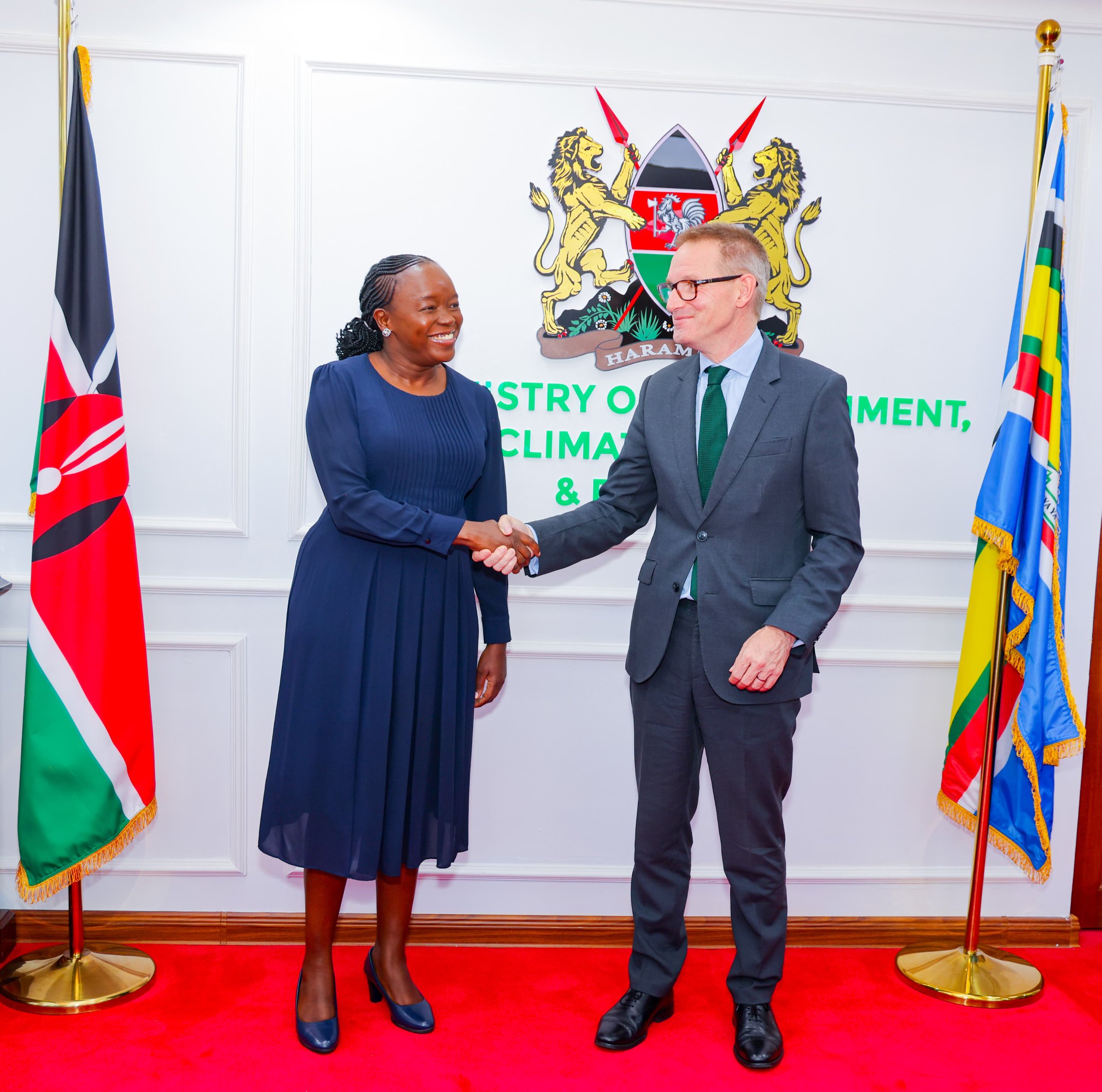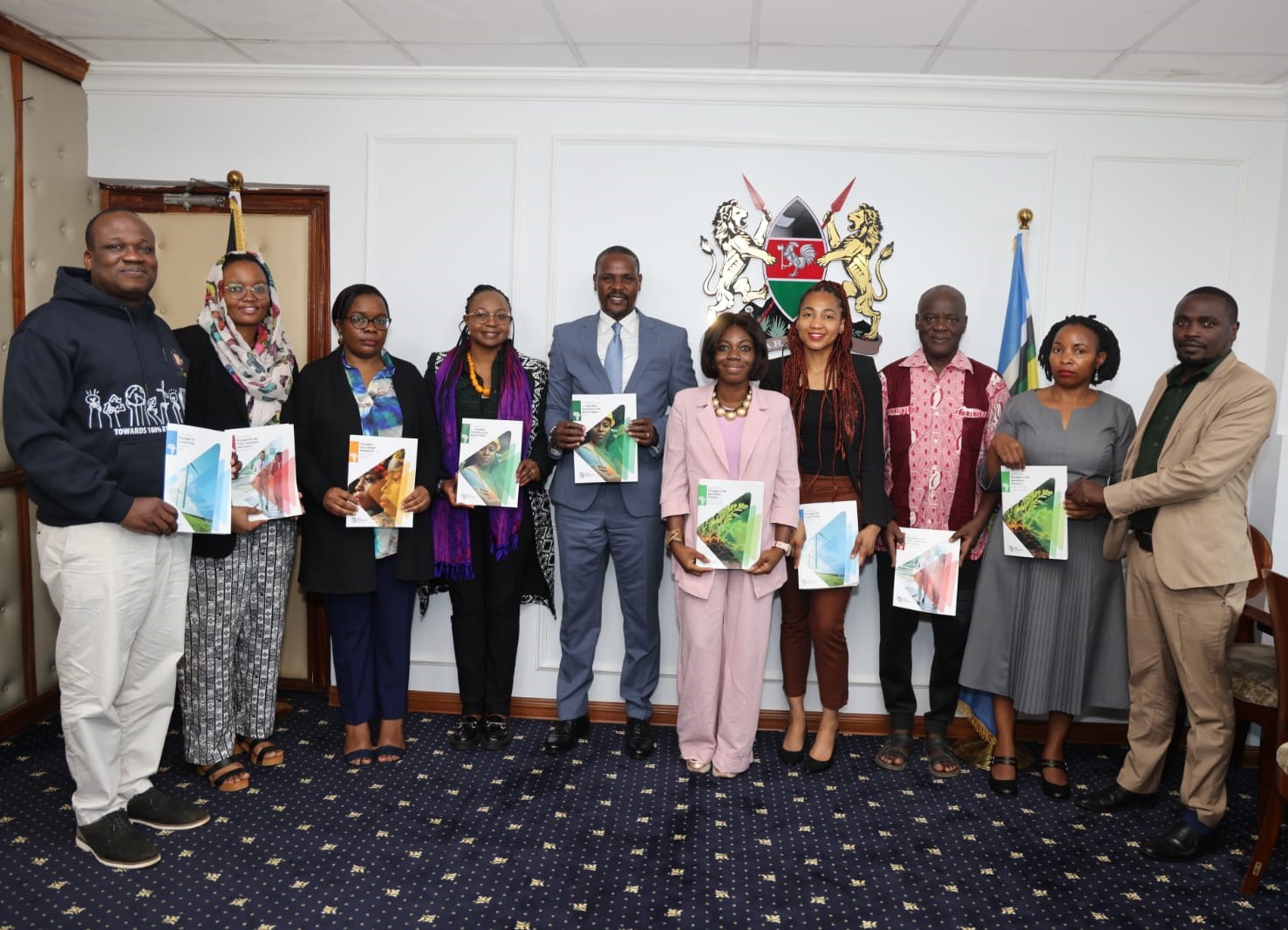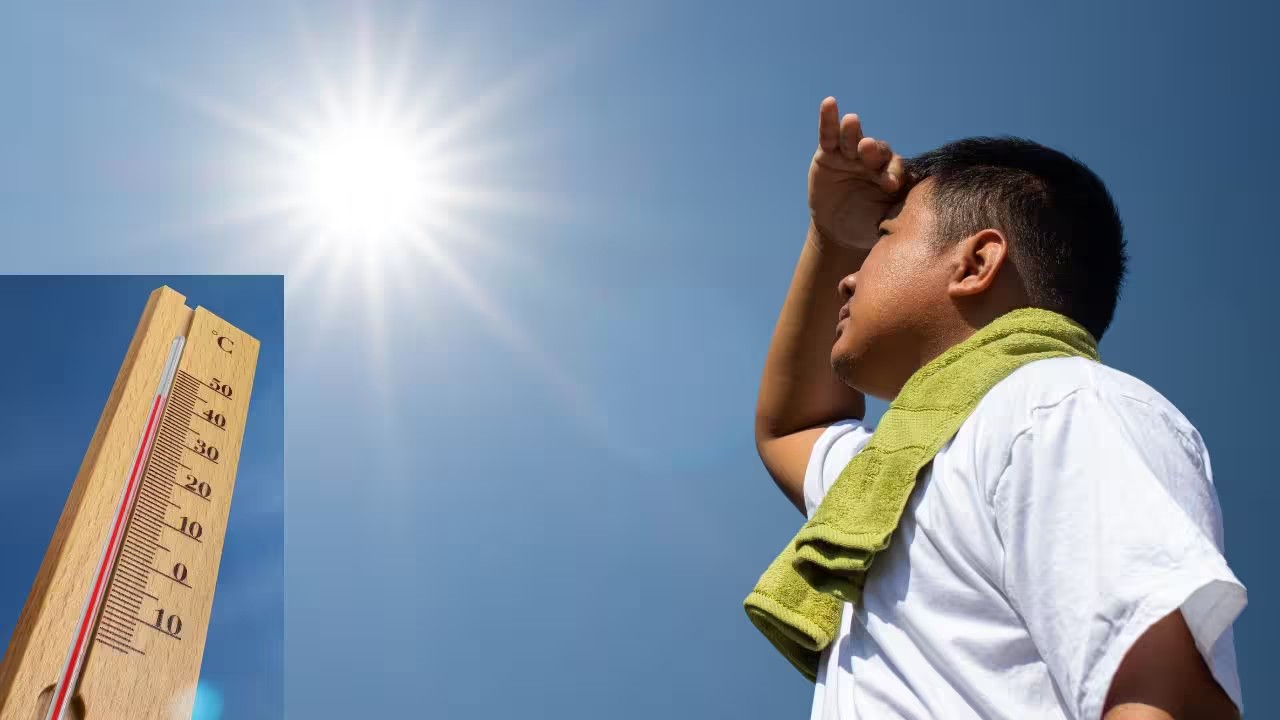- Governments, organizations and the world at large need to understand that there is no climate solution without disability inclusion.
Climate change is a concern to every living thing on the planet. Human beings, animals, insects, birds and plants are equally affected by climate change.
People Living with Disability (PLWD), therefore, are not an exception on the matter of 'climate change'. The diverse effects of climate change, like poverty, hunger, water scarcity, and the spread of diseases, among others, are equally affecting PLWD.
People with disabilities, especially women, are disproportionately affected by the climate crisis, yet they are ignored or left out of climate debates and actions.
Below are eight ways of ensuring PLWD too are heard in the global response to the climate emergency;
1. Inclusion of people with disabilities in decision-making and emergency planning
Read More
Research has shown that including PLWD in policy and decision-making processes strengthens climate actions and creates resilient societies. It is also a sign of respecting the rights of this special group of people.
Therefore, it is important to involve PLWD in decision-making related to the mitigation and adoption of climate change. In addition, advocacy for inclusivity and accessible employment opportunities in a just transition towards a greener economy is important.
2. Prioritizing women and girls with disabilities in climate action
Women and girls living with disabilities experience barriers to programs and services in matters of climate change, and this trend is set to worsen the crisis of climate change. Some of the disparities faced by this group include an increased risk of gender-based violence and a lack of access to services like reproductive health services.
3. Embrace inclusive research, data collection and monitoring
More research is essential in understanding the intersectional effects of the climate crisis. Research is important in informing and guiding global climate policy-making. This will ensure that the rights of persons with disabilities are tracked and addressed effectively.
This can be achieved by encouraging research initiatives and investigating local and regional understandings of disability and its connection to climate change. Relevant data should be given priority by promoting the global monitoring of disability-inclusive policies and encouraging the collection of disaggregated data by gender, age, ethnicity as well as disability.
4. Ensuring accessibility of information, especially in emergency planning
The importance of making climate-related information, educational materials and emergency warnings should be emphasized and universally accessible. The information should be available in all possible formats like sign language, braille, audio and simple language to cater for the diverse needs of PLWD.
In extreme weather events, PLWD are at greater risk of dying and experiencing gender-based violence due to lack of protection. Therefore, there is a need to develop and implement emergency plans that explicitly include PLWD-like accommodation and accessible means of transport during extreme weather.
5. Create inclusive health, education and economic systems
Implementing health programs that address the healthcare needs of PLWD in the context of climate change should be promoted inclusively. Inclusive education that equips PLWD with skills relevant to climate-resilient jobs should be a priority.
In addition, advocate for economic initiatives that are inclusive to provide equal employment and entrepreneurship opportunities.
6. Develop technology and new innovations
Developing and incorporating assistive technologies and innovations that specifically address the challenges of PLWD in the context of climate change should be encouraged. This can range from technology for early warning systems as well as communication and adaptive infrastructure.
This will curb the effects of climate change on PLWD in agricultural businesses.
7. Establish disability-inclusive climate action funds
Disability-related climate funds on a global scale need to be emphasized. This can be achieved through directing financial resources for climate change mitigation and adaptation towards projects specifically addressing the needs of PLWD.
8. Advocate for universal accessibility standards
According to the United Nations, approximately 13 million PLWD are forcefully evacuated from their homes by disasters or conflict.
Therefore, there's a need to advocate for the application of universal accessibility standards across the world. This will include ensuring that public buildings, water and sanitation points, spaces and homes are in compliance with accessibility standards fit for everyone, including PLWD.
Governments, organizations and the world at large need to understand that there is no climate solution without disability inclusion.






